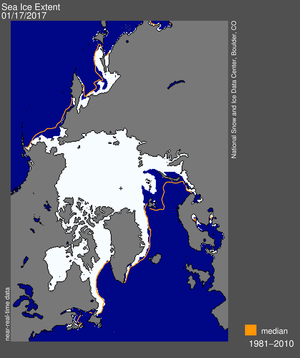Two new papers from the Circumpolar Flaw Lead (CFL) Systems Study will be published soon in a special issue of Polar Biology. They can be accessed below. Collins RE, Deming JW (2011) Abundant dissolved genetic material in Arctic sea ice Part I: Extracellular DNA. Polar Biology. [doi: view online] [Article PDF] [Supplementary Materials PDF] [References […]
Abundant Dissolved Genetic Material in Arctic Sea Ice
June 20th, 2011 No Comments
Tags: bacteria · extremophiles · publications · science · sea ice
Pavilion Lake and the Cariboo Plateau
July 12th, 2010 1 Comment
Salt and carbonate precipitates line the shores of “Deer” Lake, which is spotted with islands of microbial mats. We’re up at 7, skipping breakfast and congregating down at the dock to find our rubber boots and tie the canoe onto the roof of our rented SUV. Over an hour of mental exertion later (remembering forgotten […]
Tags: astrobiology · bacteria · evolution · extremophiles · science
How many bacteria are in the ocean? And how far is it between bacteria in the ocean?
August 25th, 2009 4 Comments
There are about 1,000,000 bacteria per milliliter (1/5 of a teaspoon) of water in the coastal ocean. (!!) A lot of these bacteria degrade dead plant and algae material and turn them into useful nutrients which can allow further growth of plants and algae and animals. Without bacteria in the oceans to regenerate these nutrients, […]
Tags: bacteria · outreach · science
Enrichment of microorganisms into sea ice brine
July 20th, 2009 1 Comment
As seawater freezes into sea ice, all of the dissolved constituents of the water become concentrated within the solid ice matrix that forms. Because it is more dense than seawater due to the high salt content, a lot of this ‘brine’ will drain from the ice by gravity. However, some brine remains in the ice […]
Tags: bacteria · science · sea ice · viruses
Predicting the height of a saturated peak on an electropherogram
May 6th, 2009 No Comments
One way to assess the microbial community structure in an environment is to use a ‘fingerprinting’ technique, like T-RFLP or ARISA, to interrogate the ‘species’ living there as determined from their 16S rRNA genes or some functional gene like amoA. Here’s an example of a T-RFLP electropherogram from sea ice: You can see that most […]
Tags: bacteria · download · linux · open access · science · script · sea ice


